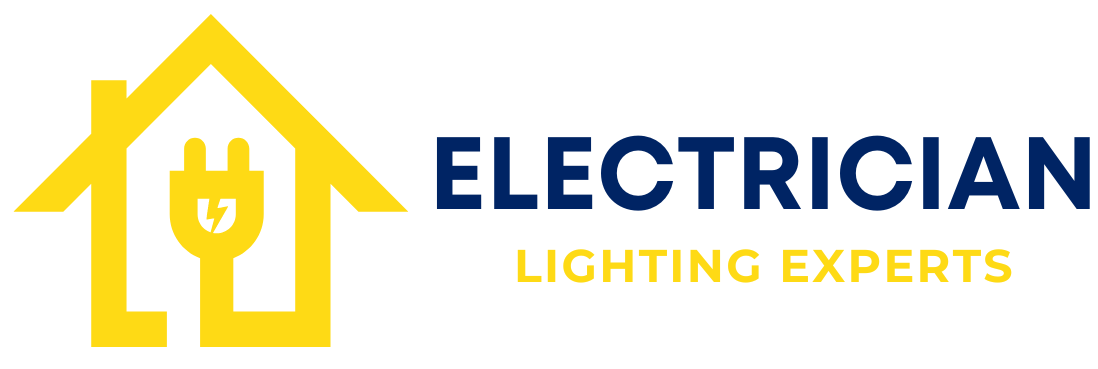Your electrical panel is like the control center of your home’s power system—it distributes electricity from the utility company to the various circuits in your home. Over time, as we add more devices and technology, the demands on this panel increase. If your panel is outdated or undersized, it could struggle to keep up, leading to frequent power issues or even safety hazards. Upgrading your electrical panel isn’t just a smart move—it’s often a necessary one. This article breaks down the key questions you need to answer: when should you upgrade, why does it matter, what’s involved, and how much does it cost?
When should you consider upgrading your electrical panel?
There are several signs that it’s time to consider an electrical panel upgrade. One of the most obvious is frequent tripping of circuit breakers—this indicates your system is overloaded. If your lights flicker or dim when using appliances like a microwave or hair dryer, that’s another warning sign. Older homes, especially those built before the 1990s, may still have 60-amp or 100-amp panels, which are no longer sufficient for modern usage.
Other indicators include:
-
Use of a fuse box instead of circuit breakers
-
Buzzing or crackling sounds from the panel
-
Signs of heat or burn marks around the panel
-
Adding high-powered appliances like HVAC systems, hot tubs, or EV chargers
-
Upcoming renovations that will increase electrical demand
Upgrading at the right time can prevent serious electrical issues and make future expansions easier and safer.
Why is upgrading your electrical panel important?
An outdated or undersized electrical panel poses a number of risks and limitations. First and foremost, safety is the biggest concern. Panels that are overloaded can overheat, potentially leading to melted wires, power surges, or electrical fires. Some older panels—such as those made by Federal Pacific or Zinsco—are known to have faulty breakers that may not trip in an overload situation, increasing fire risk.
Beyond safety, performance is another major factor. A modern 200-amp panel can support today’s energy-intensive appliances and smart devices without straining. If you’re planning to install solar panels or a home EV charger, a higher-capacity panel may be required to meet code and safely distribute power.
Additionally, a modern panel makes your home more attractive to buyers. Home inspectors often flag outdated panels during real estate transactions, and potential buyers may be reluctant to purchase a home with electrical issues. In short, upgrading your panel is an investment in both safety and value.
What’s involved in an electrical panel upgrade?
Upgrading an electrical panel is a multi-step process that should always be performed by a licensed electrician. First, the electrician will assess your current setup and determine the amperage required for your home’s needs—typically upgrading from 100 amps to 200 amps. The existing panel is removed and replaced with a modern one that includes more circuit breaker spaces and better safety features.
The process often includes:
-
Disconnecting the home from the power grid temporarily
-
Re-routing and labeling electrical circuits
-
Updating the grounding and bonding system to meet modern code
-
Installing a new main breaker and service disconnect
-
Coordinating with the utility company for power shutoff and reconnection
-
Getting necessary permits and inspections
Depending on your home, additional tasks like moving the panel, upgrading the service mast, or replacing outdated wiring may be required. Though the work may take a day or two, the result is a much safer, more efficient electrical system that will last for decades.
How much does an electrical panel upgrade cost?
The cost of upgrading an electrical panel varies widely based on your location, the complexity of the job, and any additional electrical work needed. On average, a standard 100-amp to 200-amp upgrade ranges from $1,500 to $3,500. However, if your home requires significant rewiring, service upgrades, or relocation of the panel, the cost can rise to $4,000 or more.
Here’s a rough cost breakdown:
-
Basic 200-amp panel upgrade: $1,500–$2,500
-
Permit and inspection fees: $100–$300
-
Service mast or meter upgrade (if needed): $500–$1,000
-
Additional rewiring or relocation: $500–$1,500+
While the upfront cost may seem high, consider the long-term benefits: improved safety, fewer power issues, increased home value, and readiness for future tech like electric vehicles or solar power. Many utility companies and local governments also offer rebates or incentives for upgrading outdated electrical systems.
Conclusion
An electrical panel upgrade may not be the flashiest home improvement project, but it’s one of the most important. Whether your current panel is outdated, overloaded, or simply not ready for the demands of modern living, upgrading can significantly improve your home’s safety and efficiency. It can also unlock the potential for new technologies and prevent costly electrical failures. By understanding when, why, and how much it takes to upgrade, you can make informed decisions that protect your home, family, and investment for years to come.

